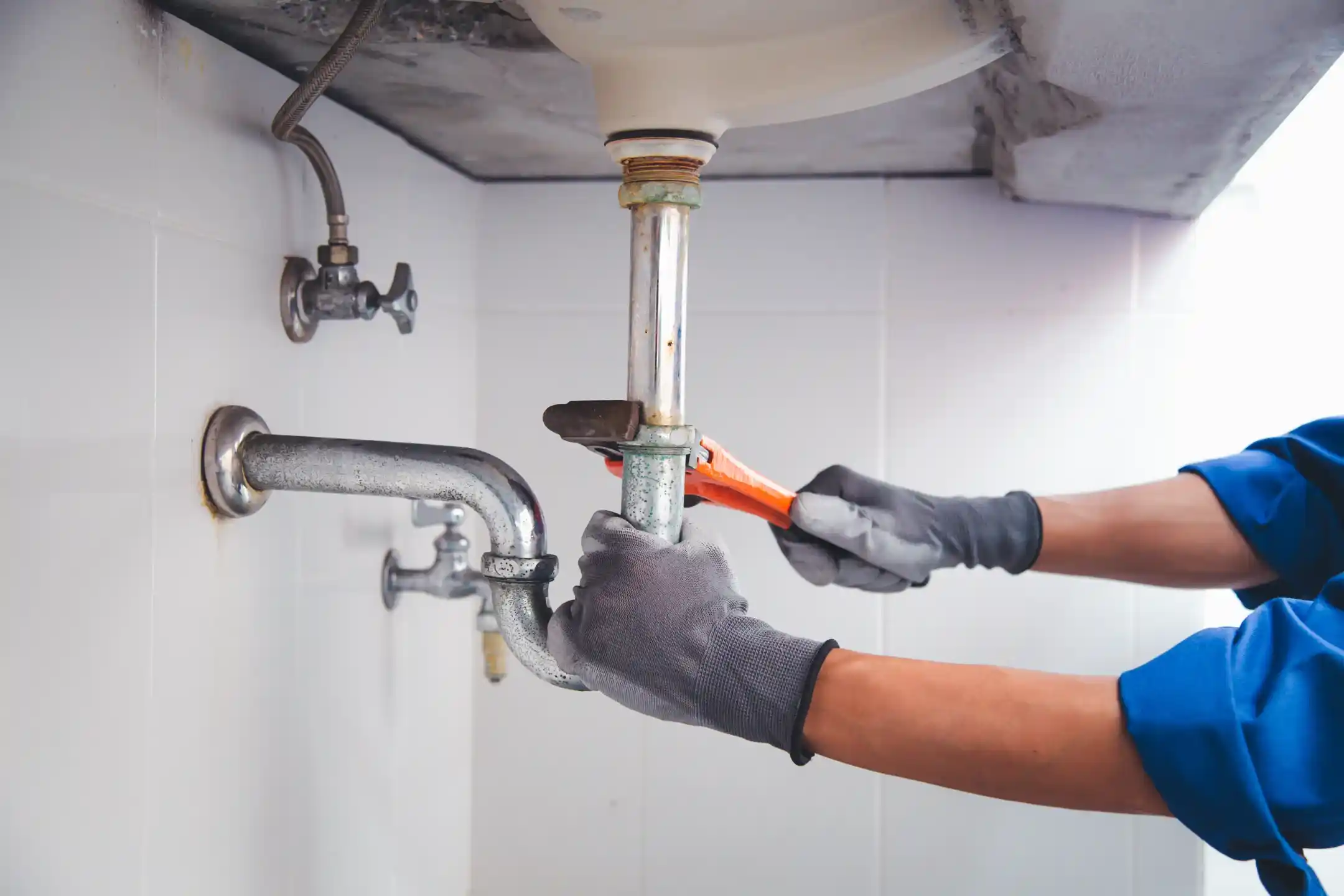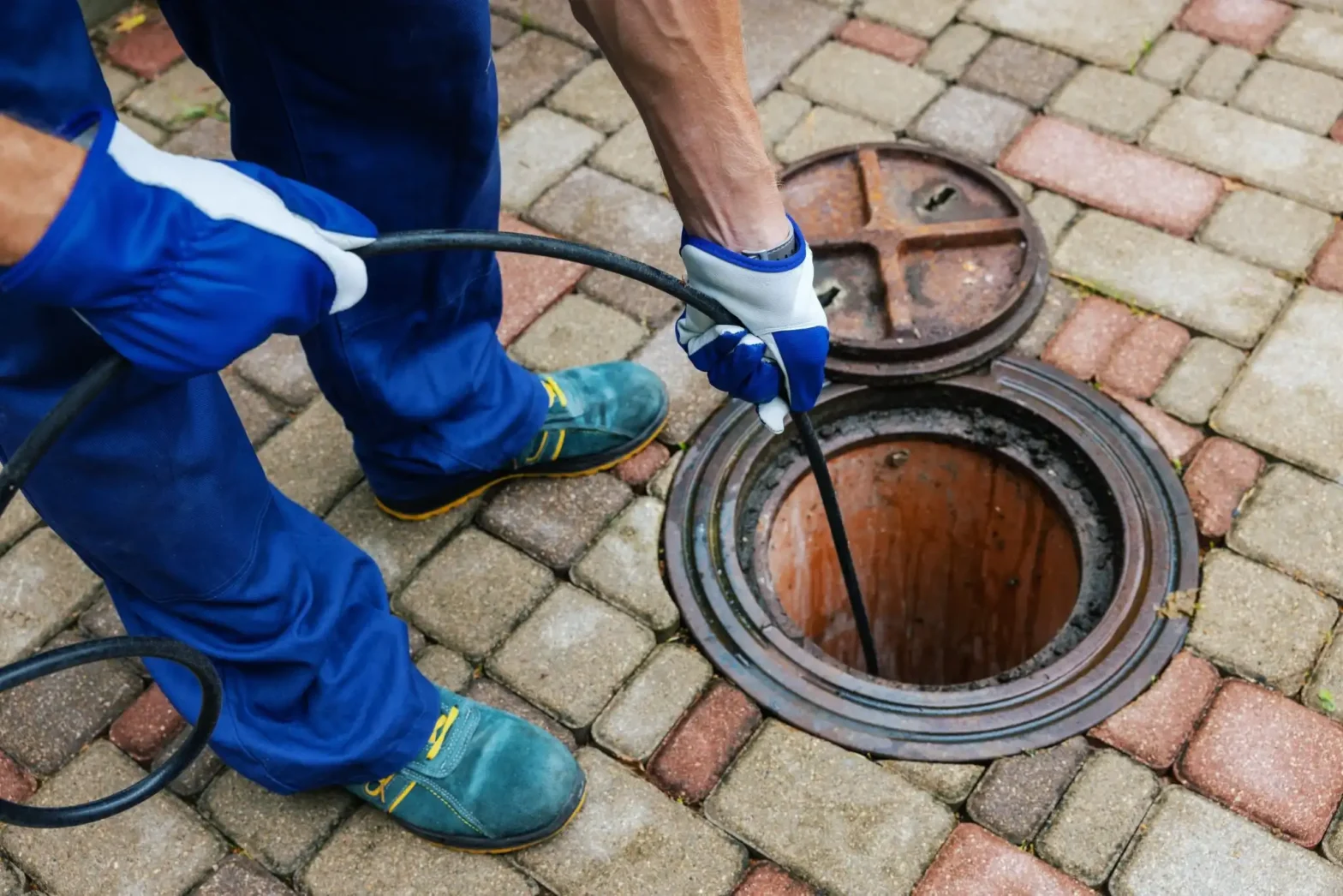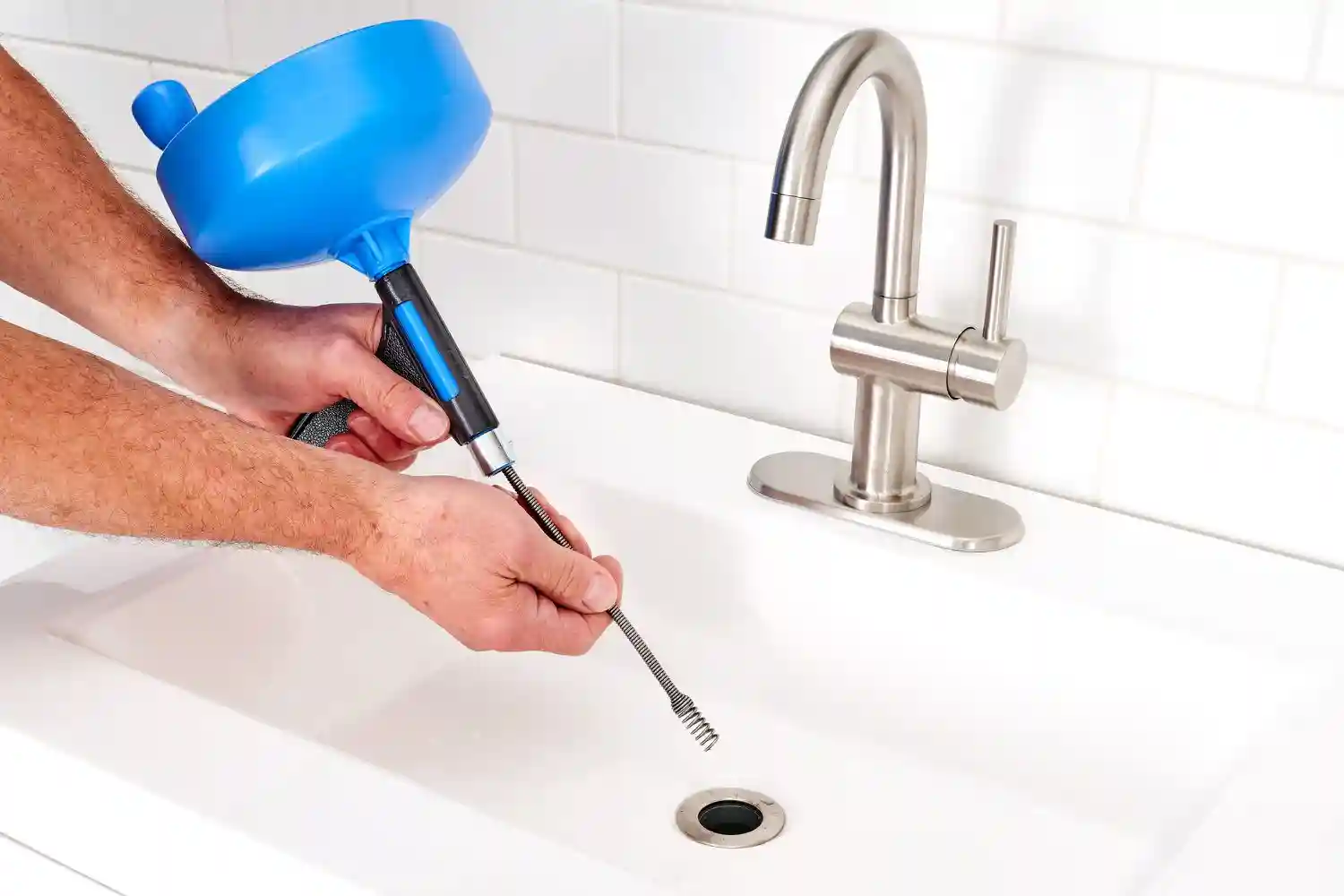5 Warning Signs It’s Time to Call a Professional for Drain Cleaning Service
A slow drain or gurgling shower drain probably doesn’t seem like much of a problem. After all, they work…eventually. The thing is, clogs don’t go away; they just get bigger, harder, and more apt to cause backups that smell like sulfur or worse, flush a couple of gallons of water all over the bathroom floor.
The best way to prevent those scenarios is to pay attention to early warning signs and call a professional before things get really bad. A little effort up front will save money, keep your pipes healthier, and spare you nasty surprises, so your morning routine will go on as scheduled. The five signs below mean it’s time to let the pros clear the line, followed by a FAQ on how often to clean, what the pros use that you can’t, and a basic DIY maintenance plan for year-round happy drains.
1. Water Drains Slower Than Morning Traffic
When sinks or tubs hold water longer than you think they should, crud is already building up on the pipe walls. Hair, soap residue, food debris, etc., stick together to form a slimy biofilm that constricts the pipe. Pouring chemicals or plunging makes a hole in the goo, but generally doesn’t take away the film itself. Professional plumbers run a motorized cable (drain auger or snake) down the line to scrub every surface and knock down the buildup so the pipe is as wide open as it should be. Left unchecked, that slow-moving water is eventually going to find a complete blockage and come back up the line into the fixtures.
2. Gurgling Noises Echo Through the Pipes
Air should move silently through the plumbing vent system. Gurgling means the air is getting trapped behind a clog further down the line. It also usually means two or more fixtures share a partially clogged branch, so water gushes by, pulls air with it, and the resulting vacuum causes the tell-tale “glug-glug” noise. Professional cleaning of the clog allows the air to move freely, stops the noise, and prevents damaging pressure spikes from setting in on seals and joints.
3. Unpleasant Odors Drift From Drains
If the smell of rotten eggs or sewer wafts out of a sink or shower, it means food, grease, or some other organic material got past the trap and has started to decompose further down the line. Store-bought cleaners have all kinds of promises of fresh citrus or pine scent, but they don’t address the root cause (pun intended), and can actually damage older metal pipes. Professional plumbers may use a process called hydro-jetting to blast that smell away. It’s high-pressure water that scrubs the inside of the pipe walls, flushing out whatever causes the odor. The process also knocks down bacterial colonies that contribute to smells and future clogs.
4. Multiple Fixtures Back Up at Once
Kitchen sink, bathtub, toilet, all backing up at the same time? That means the clog is in the main line, not the individual branch line. And clogs in the main sewer line can cause basement flooding, foundation damage, and sanitary hazards. Plumbers will run a high-powered auger or hydro-jetter through a special clean-out port to blast the clog to smithereens. (It’s usually tree roots, grease “bergs” or some foreign object flushed by accident.) Little-known fact: DIY snake kits rarely go in deep enough or pack enough force to clear the whole diameter.
5. Frequent Clogs Keep Returning
If you have to call a plumber to snake your sink every month or so, it’s a sign of more than just careless dish rinsing. It also means that the biofilm has hardened, and pipe sections may be misaligned or sagging where waste can settle. Repeated clogs cause premature pipe failure and increase the risk of ruptures. Professional inspection of the line with a video camera allows the technician to spot the hidden issues behind repeated clogs. Cracked joints, offset pipe sections, and belly sags can all be the culprit. The tech can then recommend a permanent fix rather than repeat snake-and-go visits.
How Often Should Your Drains Be Professionally Cleaned?
Professional drain cleaning every 18–24 months for an average household with drains will keep lines clear and prolong the life of the pipes. Drain cleaning costs are less than most people think, and are considerably less than a disaster call to clear a flood caused by a clog. Homes with larger families, heavy cooking with grease, or older galvanized pipes should consider an annual cleaning.
Professional Drain-Cleaning Techniques Explained
Motorized Augering: Steel cable with a cutting blade at the end spins inside the pipe, breaking up hair, grease, and even small root intrusions. Augers are best used for hard obstructions close to a fixture or in smaller lines, such as bathroom sinks.
Hydro-Jetting: High-pressure water (can be up to 4,000 psi or pounds per square inch) scours the inside of the pipe down to the bare surface, washing sludge right to the sewer. Jetting works great on grease-laden kitchen lines and main sewer laterals. This process also leaves the entire pipe diameter clean, postponing future buildup.
Video Camera Inspection: Plumbers snake a waterproof camera with live video feed to a monitor so they can see exactly where debris and structural defects may be hiding, and verify the pipe is clean after the job. The footage also serves as a digital record for home-sale disclosures or warranty claims.
Bio-Enzymatic Treatment: After mechanical cleaning, some plumbers follow up with enzyme treatments that digest any residual organic film. Unlike caustic chemicals, bio-enzymes are safe on pipes and eco-friendly, and they offer a slow-release protective coating that prevents new buildup.
Drainage System Maintenance: Your At-Home Game Plan
- Dispose Smart: Wipe greasy pans with a paper towel first, and use sink strainers to keep hair and food from going down the drain. Use the strainer in the shower, too.
- Hot-Water Flush: Once a week, pour hot (not boiling) water down the drain and let it run for 30 seconds to melt grease and move it all into the main sewer.
- Monthly Enzyme Boost: Pour a bottle of bacterial drain cleaner down the kitchen and shower lines; the enzymes help keep biofilm thin and don’t damage pipes.
- Seasonal Checks: In spring and fall, pull up the outdoor clean-out caps and make sure they’re bone dry and clear. A little water in the cap indicates a clog is starting to form.
- Know Your Limits: If you’ve tried plunging more than twice or two or more fixtures slow down together, it’s time to call a professional.
Don’t Wait for a Flood to Call the Pros
Slow drains, gurgles, and bad smells are your plumbing’s way of waving a big red flag. Fixing those five warning signs early keeps wastewater flowing down where it belongs, keeps pipes healthier longer, and saves you from nasty weekend-ruining backups. A little preventive maintenance, combined with the professionals to clean and inspect the lines, means your whole drainage system will stay whisper quiet and free-flowing for years.







